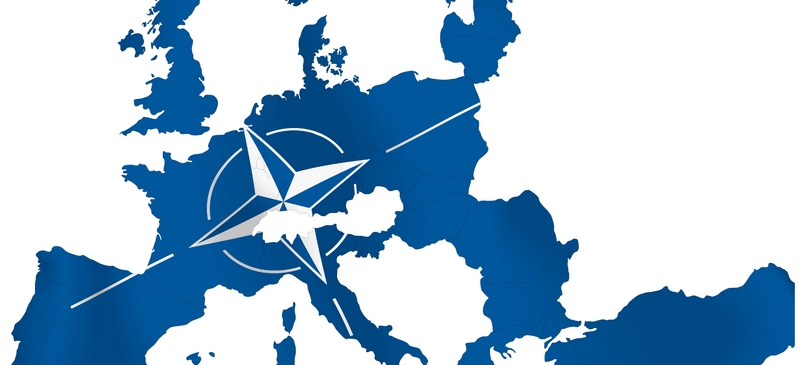
Judy Asks: Is NATO’s 2 per cent spending call realistic?
Unfortunately, as long as austerity remains the eurozone’s dominant economic mantra, it is unlikely that European allies will meet the target of spending 2 per cent of their GDP on defense anytime soon. Observers should adjust their expectations and hope instead that the downward trend in European defense spending bottoms out.
Promising signs in 2014—for instance, Poland raising spending, France keeping spending levels unchanged, and the Netherlands reducing its cuts—were offset by bad news, as Germany trimmed €800 million ($910 million) from its defense budget.
The United States has warned allies of the consequences if the spending pledge, made at NATO’s September 2014 Wales summit, is not met. But for countries like Spain, Lithuania, and Latvia that spend less than 1 percent of GDP on defense, more than doubling their budgets is simply unrealistic.
Even those few that spend 2 per cent, like the UK, face a problem. The British economy is performing better than expected, but if the country’s defense budget is left unchanged, it would soon put the UK below the 2 per cent level. A parliamentary bill could force the UK to raise its defense expenditure, but it may not pass. Washington’s threat that lower spending could have consequences for Britain’s special relationship seems to have little effect.
Perhaps crucially, the 2 per cent spending pledge commits allies to increase spending “as GDP grows.” But by shunning demand-side policies, the eurozone now faces a period of subdued growth. While resources remain constrained and Europe’s socioeconomic woes continue—and despite security threats like the Ukraine crisis—it will remain easier to choose butter than guns.
Rem Korteweg is a senior research fellow at the Centre for European Reform.
